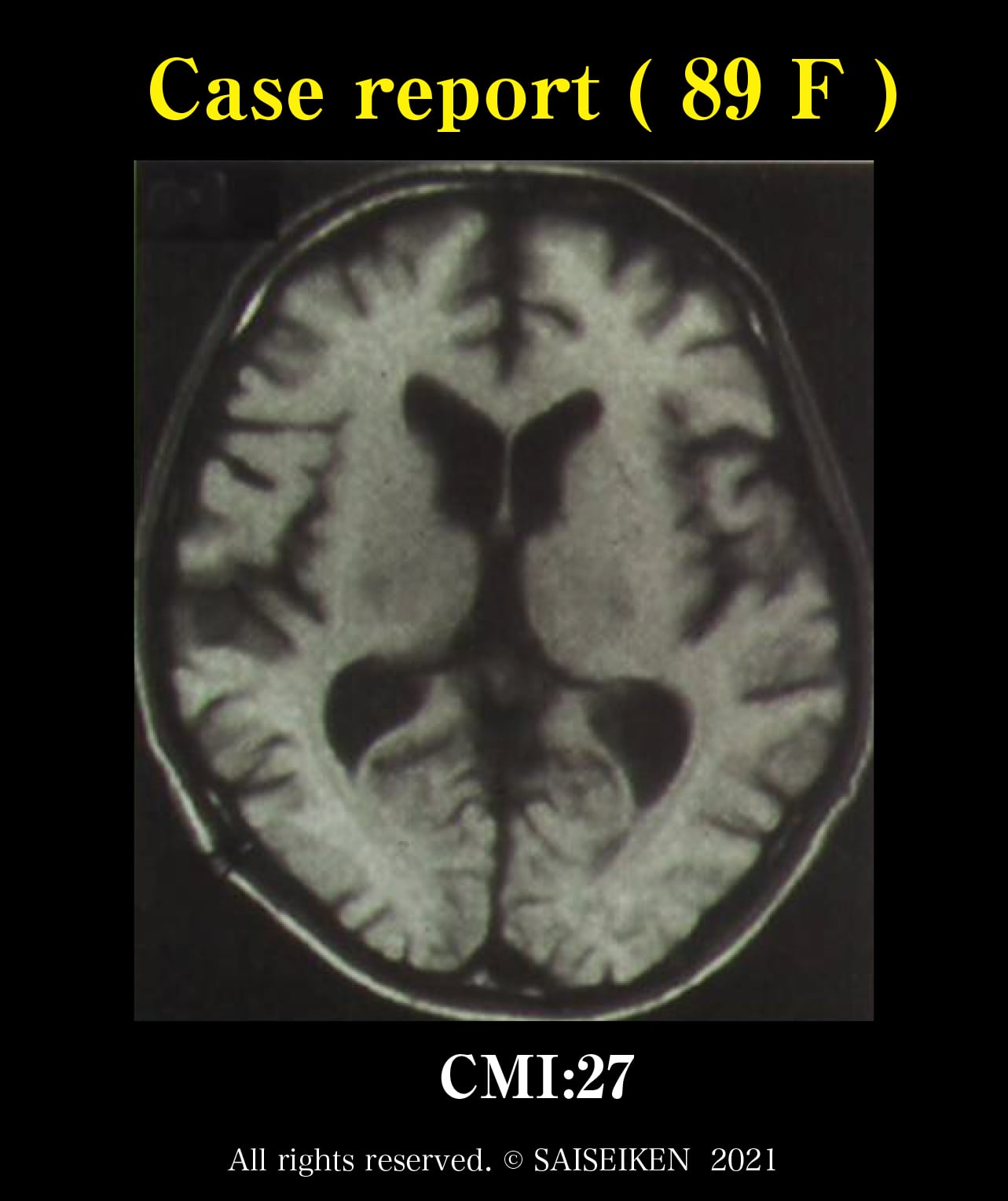Basic Research
- Alzheimer’s Disease
The main target is Alzheimer’s Disease,(AD). Although the number of patients of AD is rapidly increasing worldwide( especially in developed countries), there is no first-in-class, which is a strong competitive drug. So, SHEDCM is effective for AD and has great social significance and great business opportunities. AD is a progressive, neurodegenerative disease characterized by a decline in cognitive abilities and the appearance of beta-amyloid plaques in the brain. Although the pathogenic mechanism associated with AD are not fully understood, activated microglia releasing various neurotoxic factor.
On the hand, the AD-like mouse at the right firstly reacted to the white ball but gradually showed stronger reaction to the green and blue objects that are new to it than to which the white ball that the mouse has seen before.
Because healthy mouse shows stronger reaction to what is new to it, this experiment shows that the SHEDCM could dramatically improved cognitive function of the AD-like mouse. SHEDCM contained factors involved in multiple neuroregenerative mechanisms , such as neuroprotection, axonal elongation , neurotransmission, the suppression of inflammation, and microglia regulation. Notably, SHEDCM attenuated the pro-inflammatory response induced by beta-amyloid plaque , and generated an anti-inflammatory/tissue-regenerating environment.
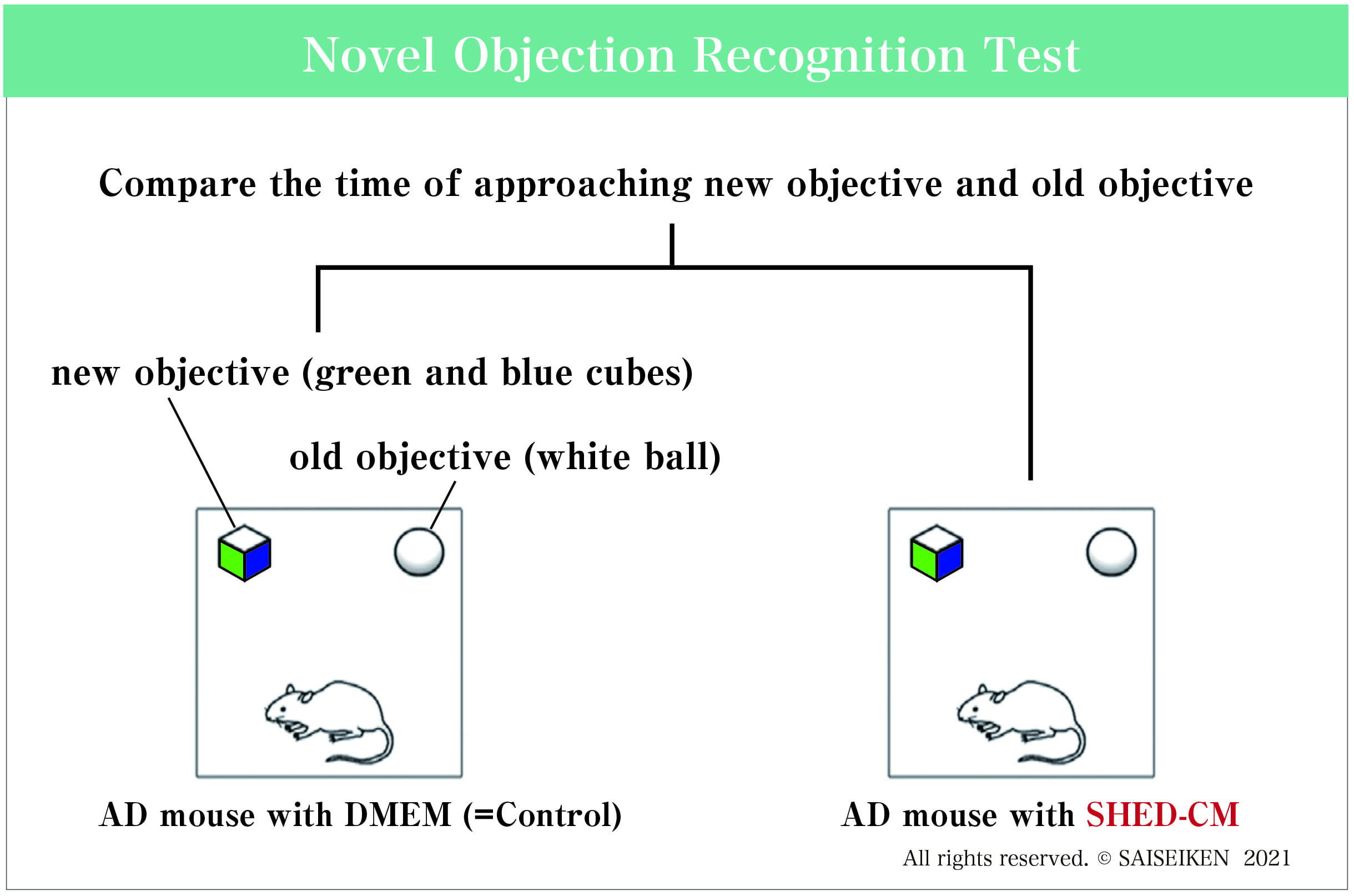

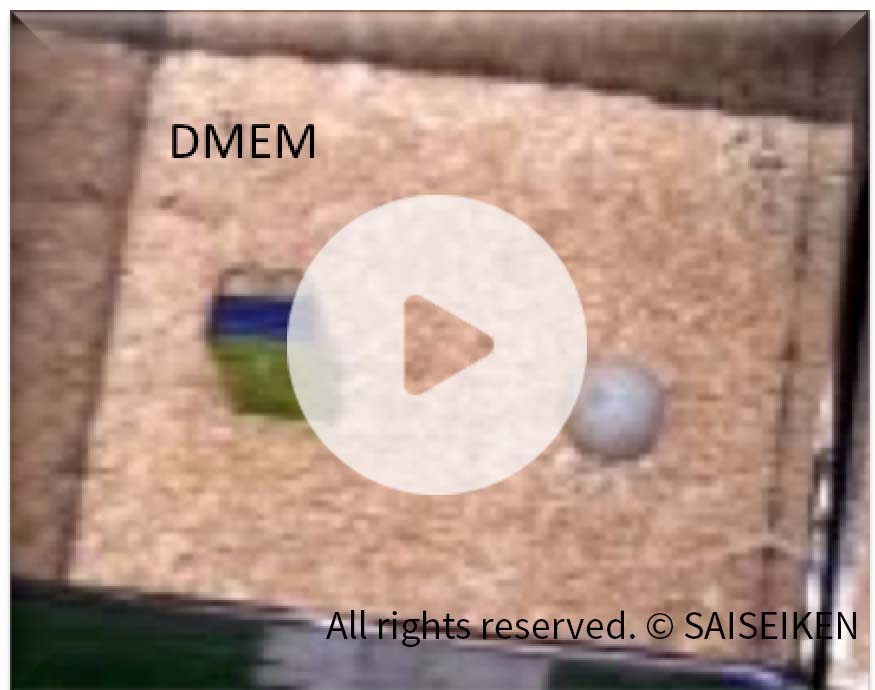
【AD mouse with DMEM (=Control)】
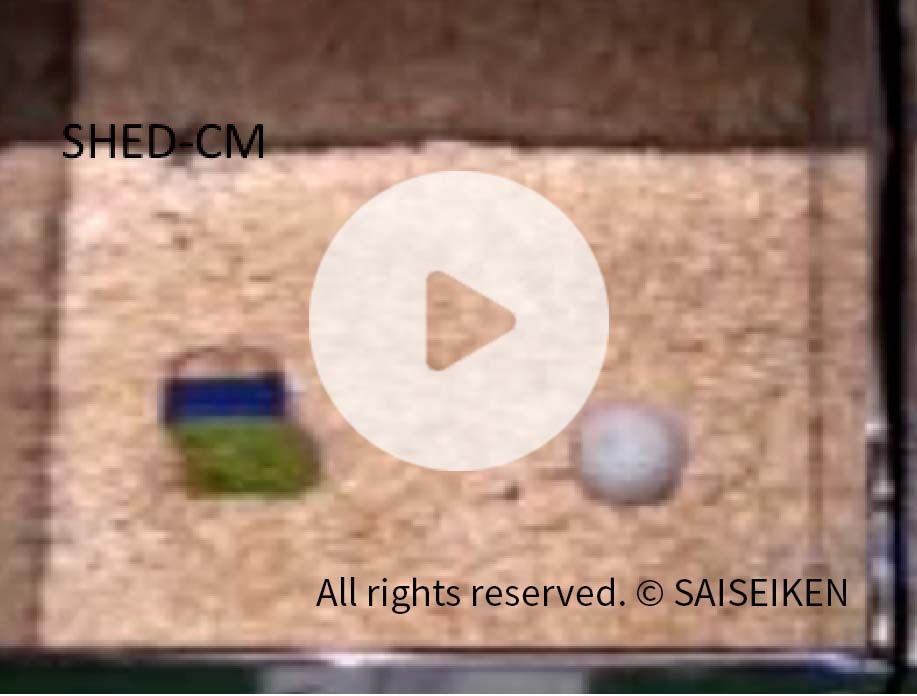
【AD mouse with SHED-CM】
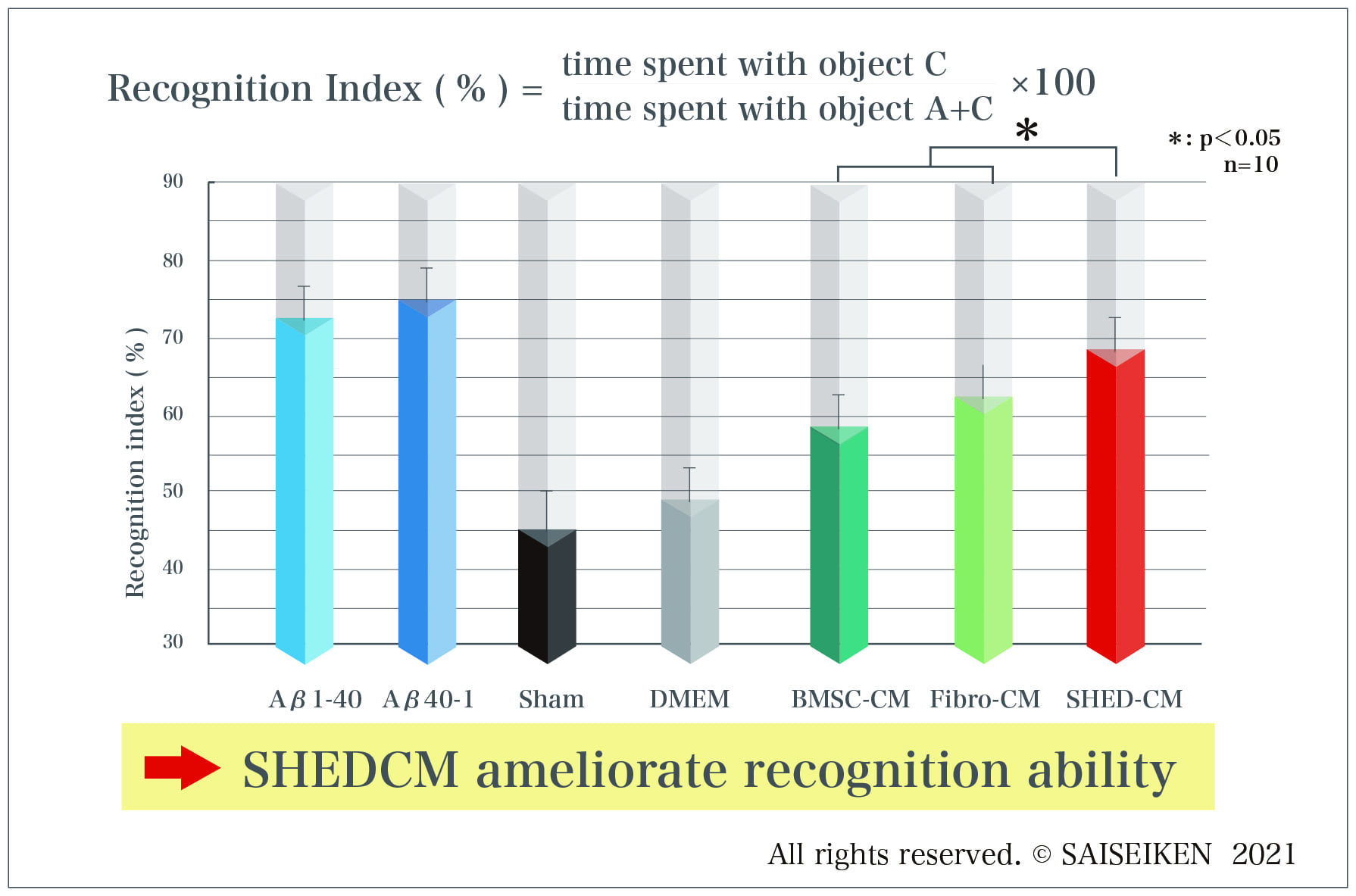
The effect of the SHEDCM to AD has been tested with humans, in a way of a double – blind trial at a clinical research phase .
I will explain in more detail later but as shown in this chart, cognitive function of AD patient was significantly improved by SHEDCM. The biggest advantages of the invention by us is that obvious scientific effect without placebo is proved by human tests.
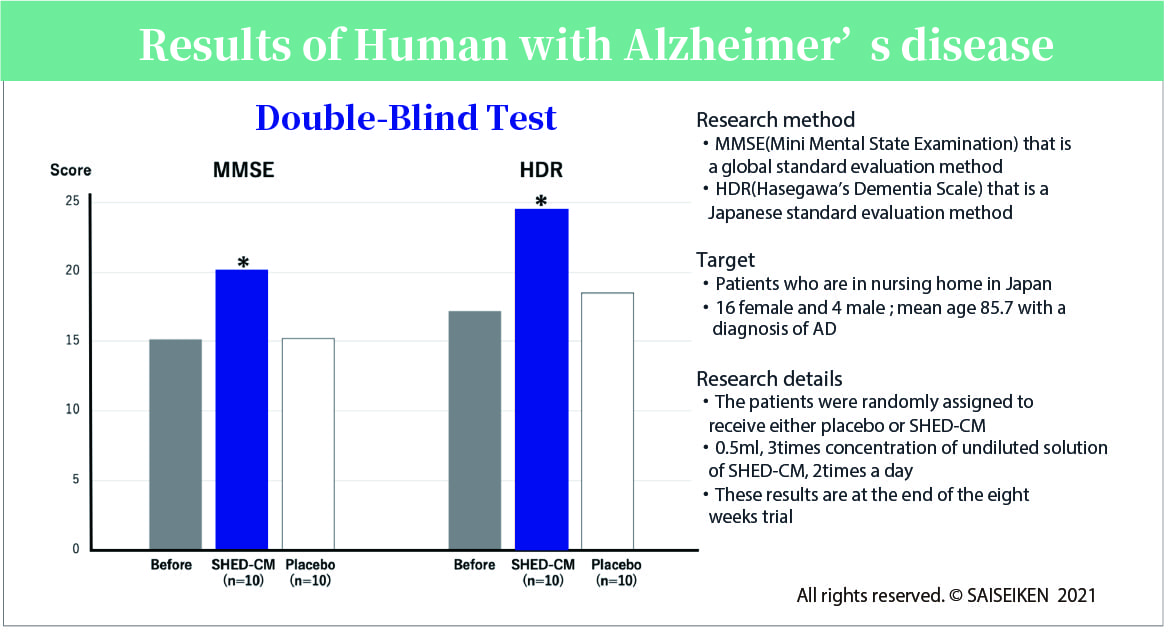
Next I will show you the representative case , 89-year-old-female, She has a disability of recognition and brain
atrophy showing CMI Index 27 and 11 point of HDS-R index. SHEDCM was administrated for 8 weeks transnasaly
indicated as blue area in the chart and also HDS-R index of her improved to 20 points .
( Mita,T., et al: Conditioned medium from the stem cells of human dental pulp cognitive function in a mouse
model of Alzheimer’s disease. Behavioural Brain Research. 294:189-197, 2015)
